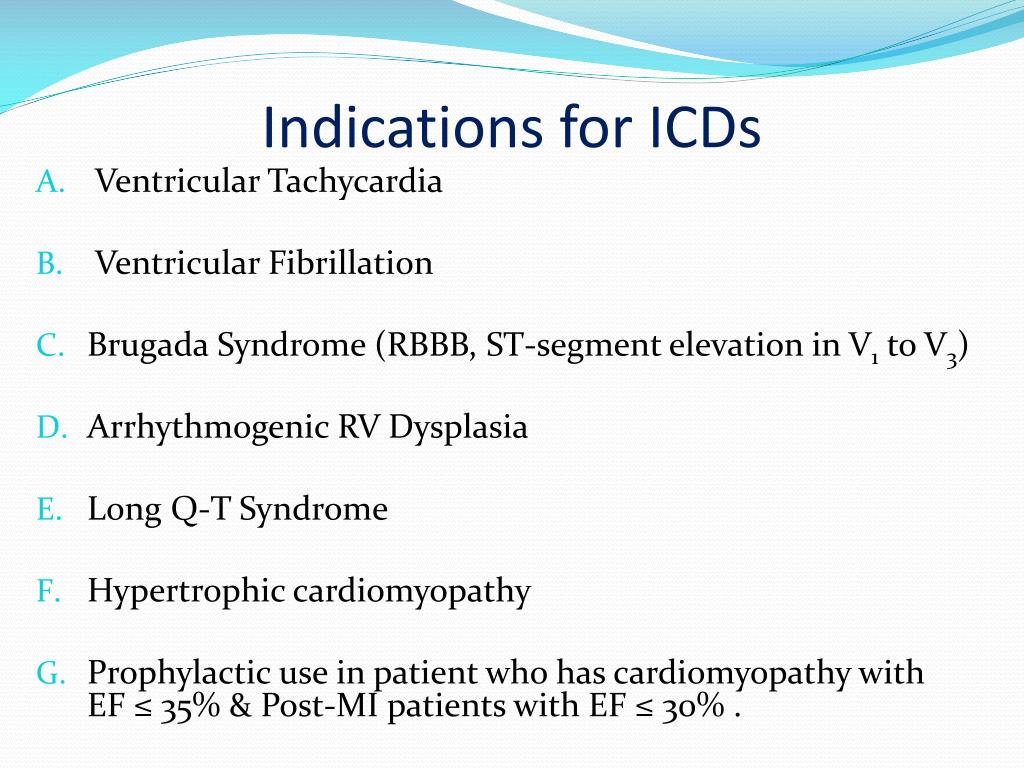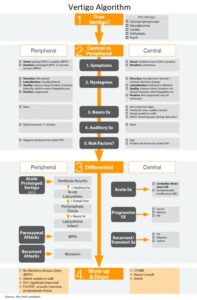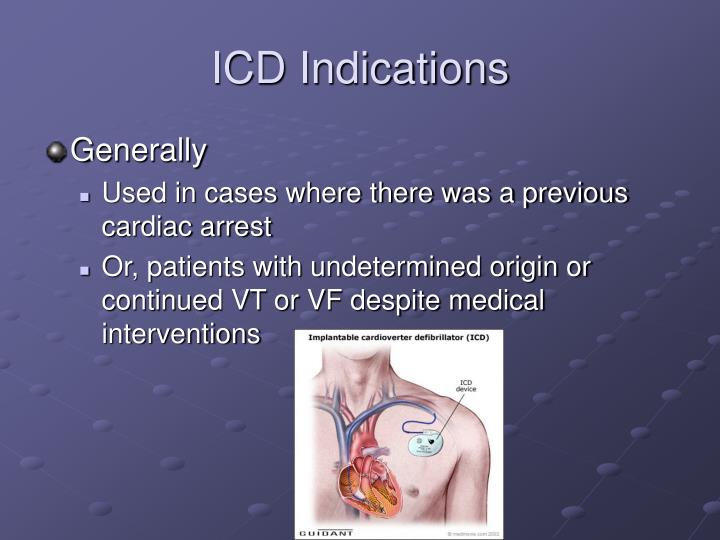

Options include over-the-counter pain relief medications (such as nonsteroidal anti-inflammatory drugs), prescription pain relief medications, preventive medication for specific conditions (such as migraine), and other treatments for underlying conditions. Rest and pain relief medication are the main treatments for headaches. Some types of secondary headaches include external compression headaches, ice cream headaches, medication overuse headaches, sinus headaches, spinal headaches, and thunderclap headaches.

Possible causes of secondary headaches include sinus infections, arterial tears, blood clot, brain aneurysm, brain tumor, carbon monoxide poisoning, chiari malformation, concussion, dehydration, dental problems, ear infection, encephalitis, giant cell arteritis, glaucoma, hangovers, hypertension, influenza, intracranial hematoma, meningitis, onosodium glutamate, panic attacks, post-concussion syndrome, pseudotumor cerebri, stroke, toxoplasmosis, and trigeminal neuralgia. Any number of conditions - varying greatly in severity - may cause secondary headaches. Some primary headaches can be triggered by lifestyle factors, including alcohol, certain foods, changes in sleep, poor posture, skipped meals, and stress.Ī secondary headache is a symptom of a disease that can activate the pain-sensitive nerves of the head. They include chronic daily headaches, cough headaches, exercise headaches, and sex headaches. These headaches have distinct features, such as an unusual duration or pain associated with a certain activity.Although generally considered primary, each could be a symptom of an underlying disease. Some people may also carry genes that make them more likely to develop such headaches.The most common primary headaches are cluster headaches, migraines, migraines with aura, tension headaches, and Trigeminal autonomic cephalalgia (TAC), such as cluster headache and paroxysmal hemicrania.A few headache patterns also are generally considered types of primary headache, but are less common.

A primary headache isn’t a symptom of an underlying disease.Chemical activity in your brain, the nerves or blood vessels surrounding your skull, or the muscles of your head and neck (or some combination of these factors) can play a role in primary headaches. A primary headache is caused by overactivity of or problems with pain-sensitive structures in your head.


 0 kommentar(er)
0 kommentar(er)
